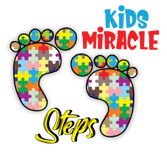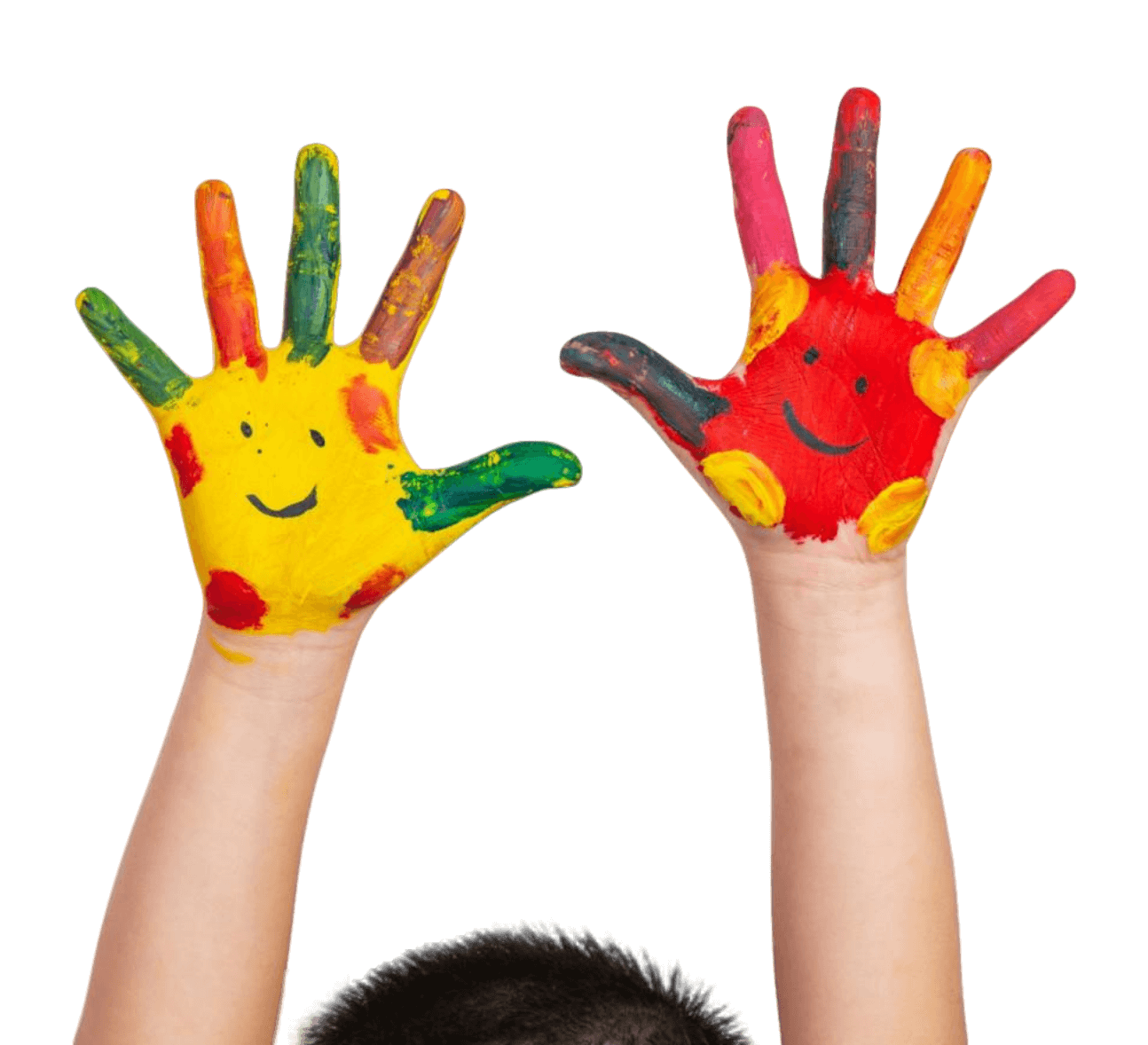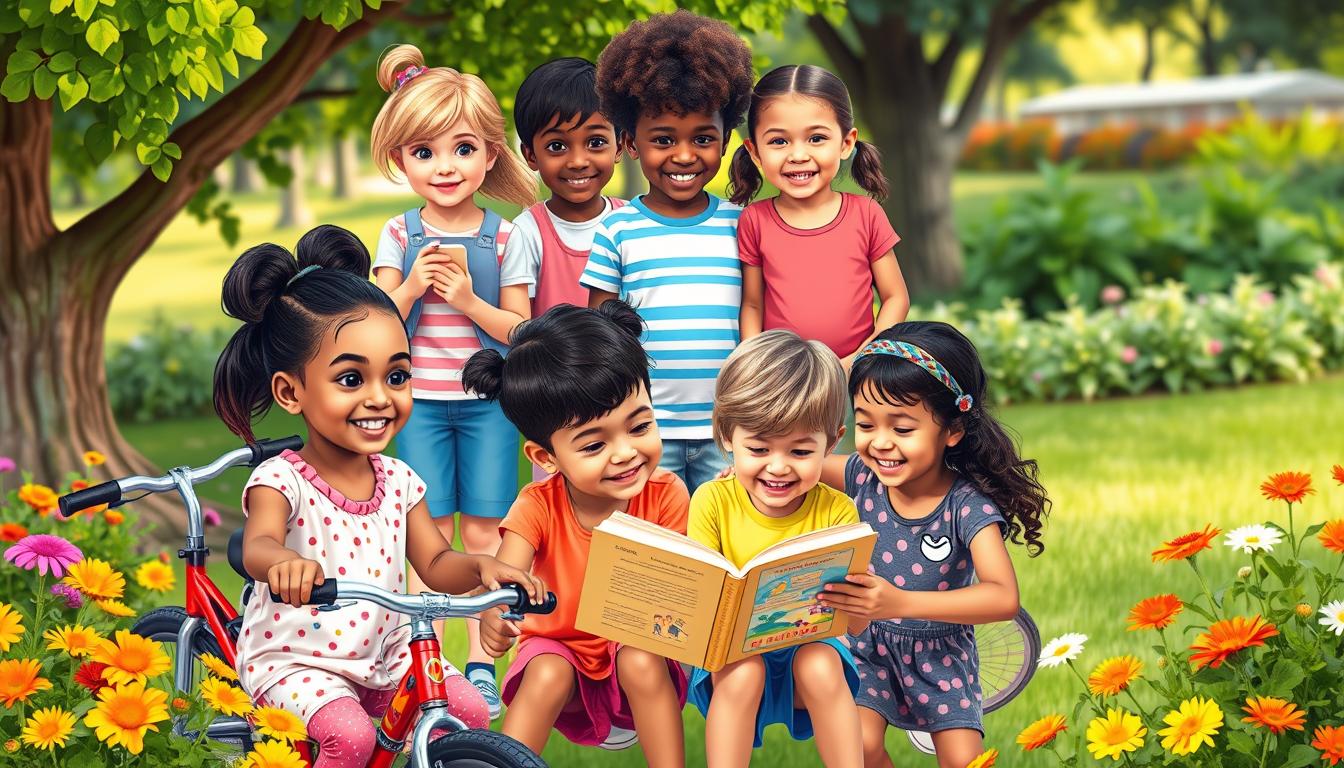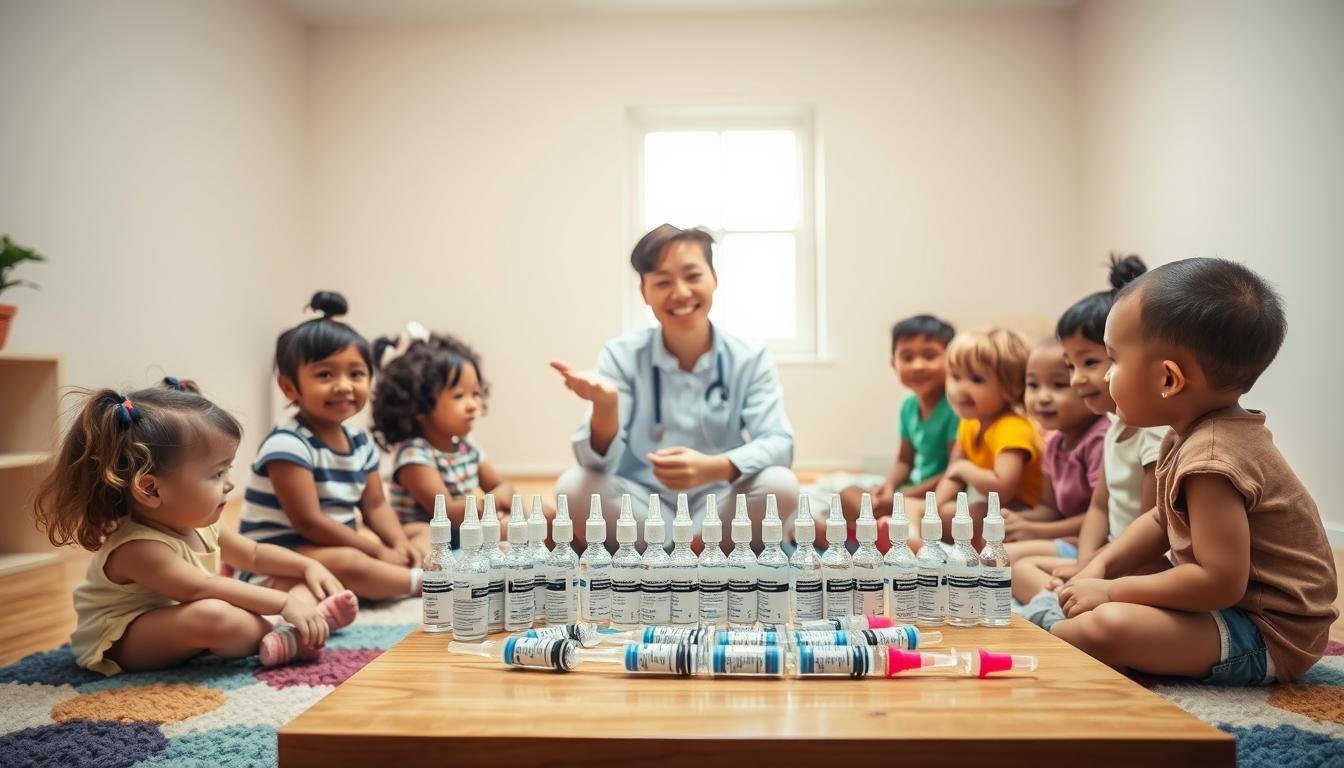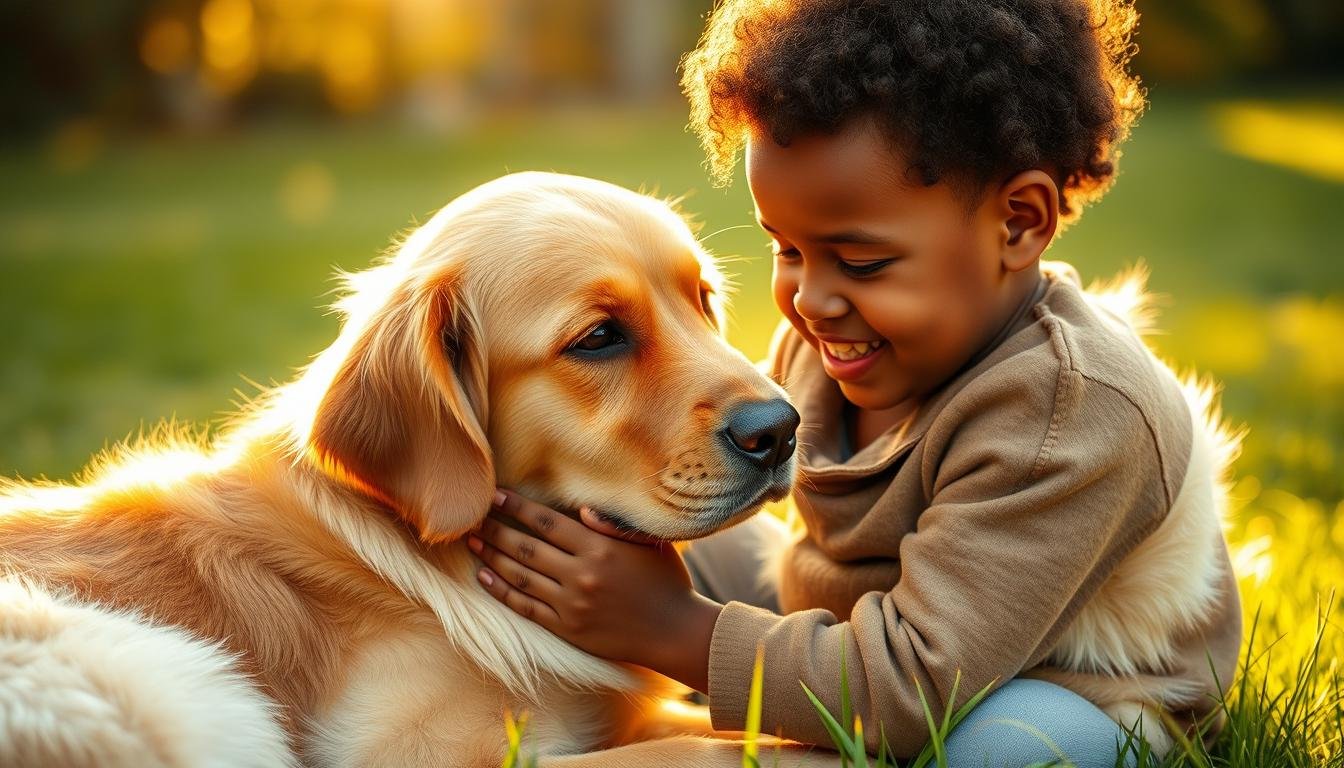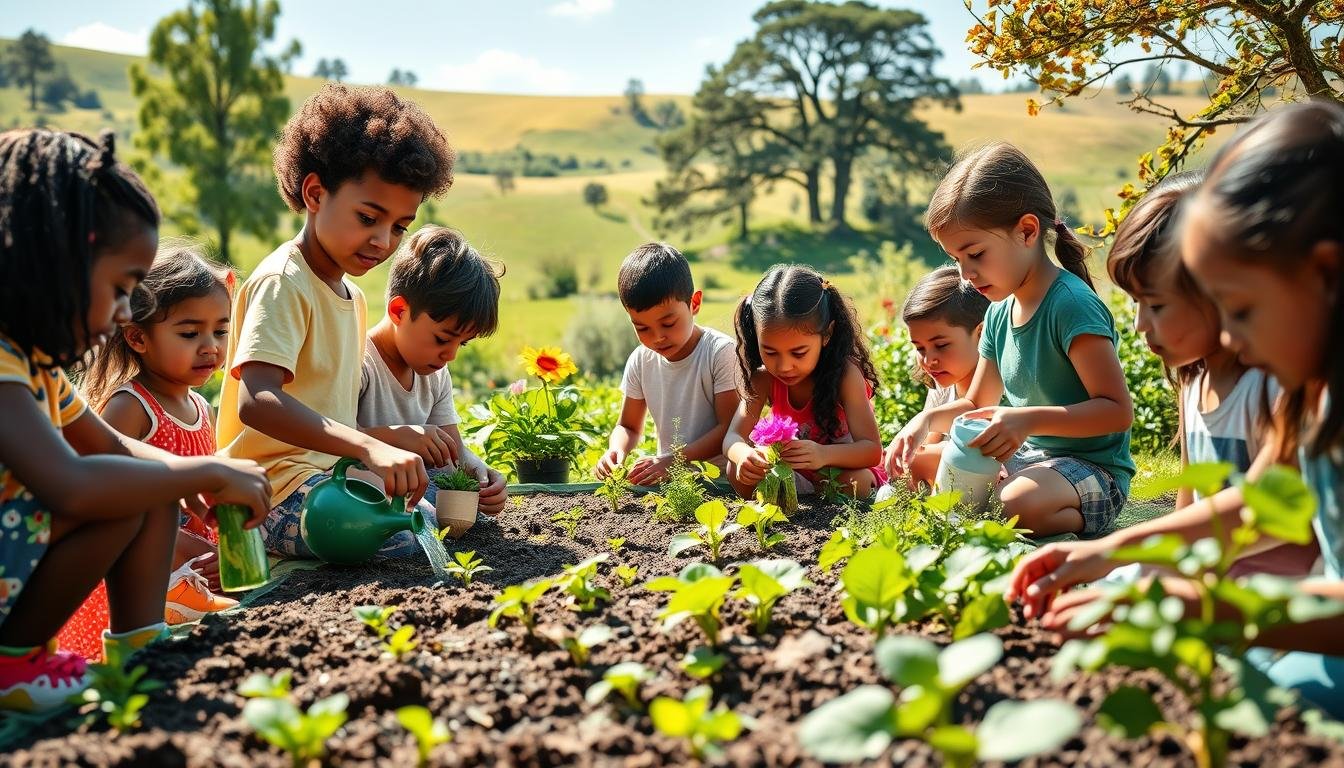As parents, we’ve always been amazed by the rapid changes in my child’s growth. It’s like watching a miracle unfold before my eyes. From holding my newborn to seeing their first steps, every stage is fascinating. But there’s more happening than we often realize.
Did you know that by age five, a child’s brain develops more than at any other time in life? The first three years are key in shaping brain architecture. This period is a whirlwind of growth and development that sets the stage for future learning.
Exploring pediatric research reveals fascinating facts about children’s development. Babies are born with all the brain cells they’ll ever have. But it’s the connections between these cells that rapidly form after birth. These connections are shaped by genes and environment, influencing a child’s future in ways we’re just starting to understand.
We’ll look at physical milestones and language breakthroughs in child development. Let’s explore the intricate dance of milestones that unfolds in early years together.
Early Brain Development and Its Critical Impact
Brain development in children is a fascinating journey. Did you know a baby’s brain doubles in size during the first year? By age three, it reaches 80% of adult size. This rapid growth is fueled by an astonishing process – over 1 million new neural connections form every second in the early years.
Early learning experiences shape these connections. Positive interactions with caregivers and engaging daily activities strengthen neural pathways. This is why early intervention is crucial. As parents, we play a key role in fostering healthy brain development.
Cognitive milestones are closely tied to this neural growth. By the first year, babies start losing the ability to recognize sounds from other languages. This highlights the importance of early exposure to diverse linguistic environments. Synaptic pruning, a natural process where unused connections are eliminated, begins around age two. This “use it or lose it” principle underscores why early learning experiences are so vital.
Unfortunately, chronic stress can hinder healthy brain development. Children exposed to extreme poverty or abuse may have underdeveloped neural connections in areas crucial for learning and behavior. That’s why early intervention is critical in situations where toxic stress is likely.
| Age | Brain Development Milestone |
|---|---|
| Birth | Over 1 million new neural connections per second |
| 1 year | Brain doubles in size |
| 3 years | Brain reaches 80% of adult size |
| 5 years | Brain is 90% developed |
Facts About Children Development: Understanding Physical and Motor Skills
Physical development milestones are key for a child’s growth. From birth to age five, kids make huge strides in gross and fine motor skills. Let’s dive into some interesting facts about pediatric growth and coordination.
Did you know babies lift their heads during tummy time by two months? By three months, they can grasp objects and reach for toys. These early steps pave the way for more complex skills. As kids grow, their abilities grow fast. By six months, most can roll over and sit on their own. At nine months, many start cruising along furniture. Walking alone usually happens around 12 months.
- 15-18 months: Walk up stairs with help, stack 2-3 cubes
- 19-24 months: Run, climb stairs, stack 4-6 cubes, draw vertical lines
- 3-4 years: Balance on one leg, kick a ball, draw crosses
- 4-5 years: Hop, skip, draw squares, cut simple shapes
These physical skills do more than just help with movement. Motor development ties into cognitive, emotional, and social growth. For example, when toddlers press buttons to hear sounds, they learn cause and effect. Outdoor play helps them build friendships and learn to take turns.
| Age | Gross Motor Skills | Fine Motor Skills |
|---|---|---|
| 6 months | Rolling, sitting | Grasping objects |
| 12 months | Walking, bear crawling | Opening board books |
| 2 years | Running, climbing stairs | Stacking cubes, drawing lines |
| 4 years | Hopping, skipping | Drawing squares, cutting shapes |
Knowing these milestones helps us support kids’ physical growth. By encouraging active play and giving chances to practice both gross and fine motor skills, we help them grow healthily.
Language and Communication Breakthroughs
Children’s brains are ready to learn language from the start. Babies can tell the difference between sounds from any language. But by six months, they start to focus on their own language. This shows how important it is for kids to hear lots of language early on. It helps them develop their speech skills.
Watching vocabulary grow is amazing. By 18 months, kids learn a new word every two hours. A 1-year-old might know about 70 words, even if they can’t say them all yet. This fast growth is a big step in their communication journey.
Early literacy is key in language growth. Reading to kids introduces new words and helps with reading skills later. Parents can help by making reading a regular part of their routine and playing language games together.
| Age | Language Milestone |
|---|---|
| 6 months | Focuses on native language sounds |
| 12 months | Knows about 70 words |
| 18 months | Learns one new word every two hours |
Bilingual kids have special benefits. They can hear and speak two languages with ease. Before they’re three, they can pick up a second language quickly, becoming fluent in two years. Studies show that caregivers adjust their language to match the child’s level. This helps kids grow their vocabulary. It’s important for building strong communication skills and setting the stage for lifelong learning.
Social-Emotional Development and Relationship Building
Social-emotional development is key for children’s futures. From birth to age five, kids grow fast in understanding and managing emotions. They also learn to form relationships and handle social situations. This foundation is essential for lifelong learning and success.
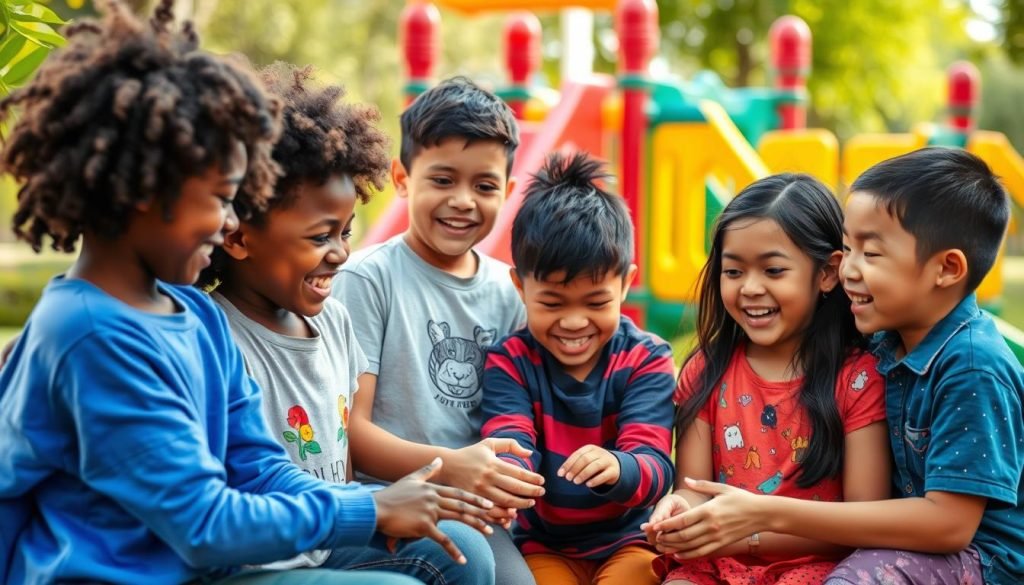
The toddler years are known as the “terrible twos.” During this time, kids feel strong emotions and have mood swings. They start to understand themselves and need help recognizing their feelings. They may find it hard to share and have temper tantrums often.
As kids grow, they start making friendships and improve their social skills. By age two, most kids play alongside others. By three, they start making friends. These early friendships are important for their future social skills and emotional intelligence.
Attachment theory shows how important it is to have strong bonds with caregivers. These bonds help kids develop brain pathways for communication and growth. Positive interactions between caregivers and kids are key for healthy social and emotional growth.
- Encourage empathy by discussing feelings
- Provide language-rich experiences through talking, reading, and singing
- Support emotional regulation with consistent boundaries and routines
- Foster self-esteem in children through positive reinforcement
Early social-emotional learning (SEL) programs help kids a lot. They improve behavioral skills, especially for kids from low-income families. These programs help with emotional, interpersonal, and executive function skills. Occupational therapy is also important for kids with special needs.
Conclusion
Exploring child development shows us how early experiences shape a child’s future. From brain growth to physical milestones, every step is important. Kids Miracle Steps offers vital support to families on this journey.
Early intervention is crucial. At Kids Miracle Steps, we provide essential resources to help you track and nurture your child’s progress. Every child is unique. While some sleep 11 to 13 hours without naps between ages 3 and 6, others have different sleep patterns. Our team at Kids Miracle Steps guides you through these variations, offering personalized strategies when needed.
Your role as a parent or caregiver is invaluable. By staying informed and seeking support, you’re giving your child the best start. Let Kids Miracle Steps be your partner in this rewarding journey of child development support, ensuring every little step is a miracle in the making.
